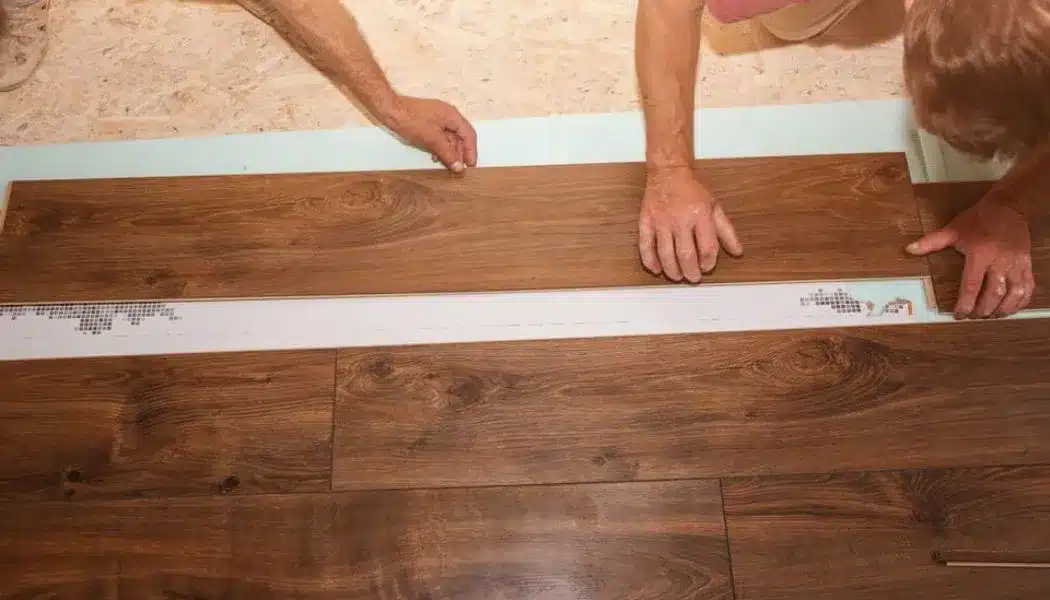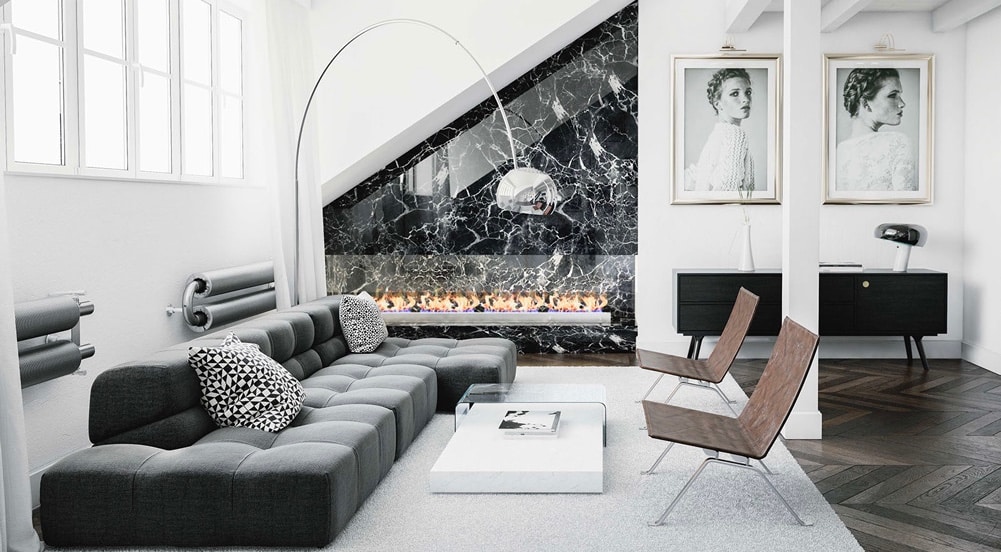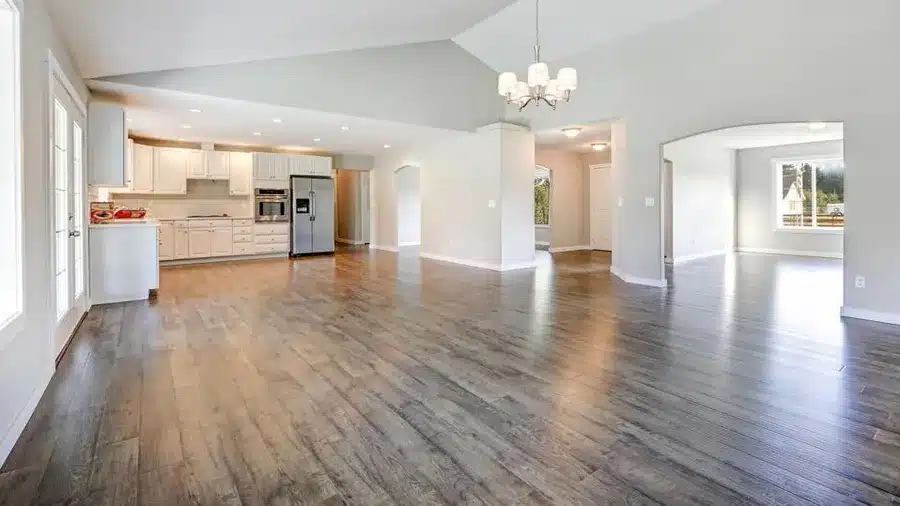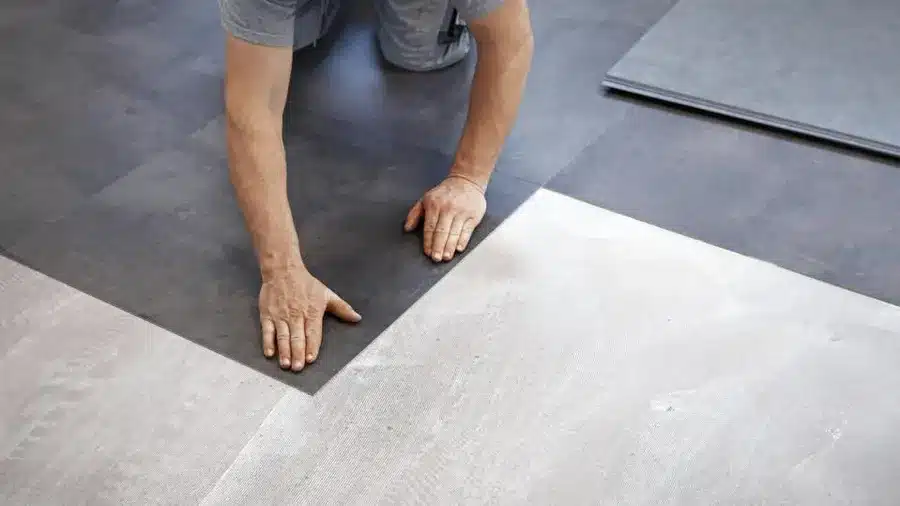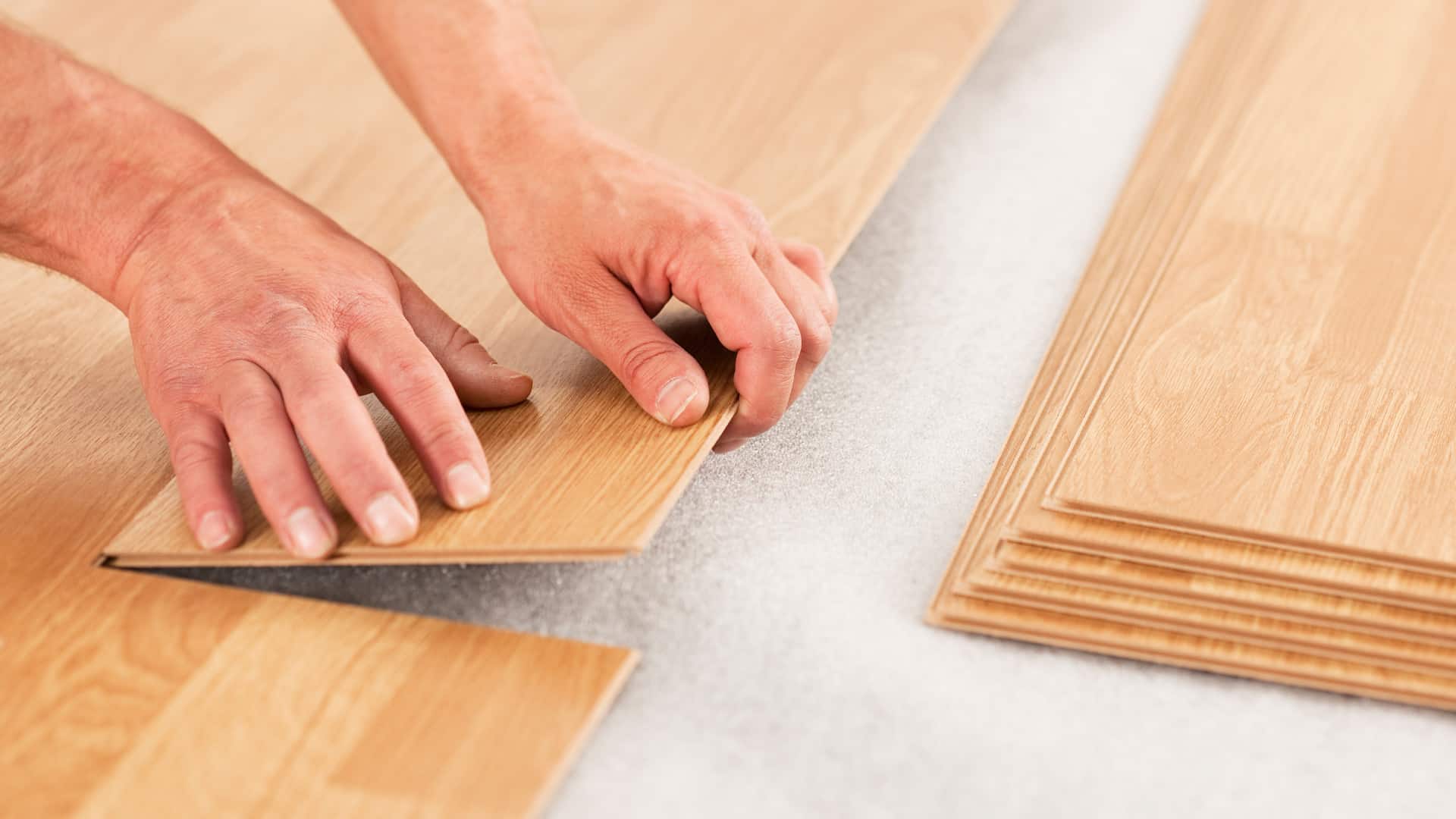Signs of a Poorly Installed Hardwood Floor: A Comprehensive Guide
Hardwood floors are popular for their classic look and long-lasting nature. But, the real beauty and life of these floors depend a lot on how well they are installed. This guide will talk about the major signs that show a hardwood floor wasn’t installed properly. Knowing these signs is important for homeowners. It helps you catch problems early, saving you the trouble and cost of fixing bad work.
Key Signs of Poor Installation
- Gaps in the Flooring: It’s common for hardwood floors to have small gaps because wood expands and shrinks with changes in the weather. However, big or uneven gaps are an issue, often leading to the need for wood floor refinishing. They show that the boards might not have been put in right, measured well, or lined up properly. These gaps can cause more issues, making the floor less stable and look bad.
- Noisy Floors: A good hardwood floor shouldn’t make much noise. If you hear squeaks or popping when you walk, it might be because the layer under the floor is uneven or the boards weren’t nailed down well. This makes them move and noise when you step on them.
- Uneven or Curved Boards: If boards look bumpy or bent, it usually means the installation was off. This can happen if the wood isn’t used to the room’s humidity before putting it in. If the room’s humidity isn’t controlled, the wood can warp over time.
- Poor Finishing: How the floor is finished is important for its look and life. If you see nails sticking out, uneven color, or bad sanding, it probably means the job was rushed or not done by a pro. This can affect how the floor looks and lasts.
- Buckling and Rising Floors: Floors should be flat and stick to the layer underneath. If the floor is buckling or lifting, it’s a big sign of installation mistakes. This can happen if there isn’t enough room left for the wood to expand or if there’s a moisture problem, causing the wood to swell and lift.
- Cracks and Splits: Small cracks are normal as wood gets older, but a lot of cracking or splitting means there’s a bigger issue. It could be that the wood was low quality or the installation didn’t think about things like humidity, putting too much stress on the wood.
- Mismatched Patterns and Wood Grains: The look of hardwood floors is important. The wood’s patterns and grains should match and look good together. If they don’t match, it means the installation wasn’t careful, and it hurts the floor’s look.
- Loose Boards: Floors need to be stable. If boards move or feel loose, it means they weren’t put in right. This could be because of not enough glue or bad nailing. Loose boards can make the floor unstable and lead to more damage.
Long-Term Consequences of Poor Installation
The issues with a badly put-in hardwood floor go way beyond just looking bad. Knowing these problems helps you see why it’s key to put the floor in right:
- Structural Harm: If there are gaps and the surface is not even, it can make the floor wear out faster. Over time, this might harm not only the floorboards but also the layer underneath.
- Higher Fixing Costs: If you don’t fix things like squeaky boards, gaps, or floors that lift right away, they can get worse. This means you’ll end up paying a lot more for repairs later.
- Shorter Floor Life: A good hardwood floor can last many years. But if it’s not put in well, it won’t last as long, and you’ll have to replace it sooner.
- Looks Get Worse: A floor with small issues can quickly become old and neglected-looking, making your place less attractive.
- Dangerous to Walk On: Floors that are not level or have nails sticking out can be a tripping risk, especially for kids or older people.
- Low Home Value: Hardwood floors are expensive and usually make your home worth more. But if they’re not installed well, they can do the opposite and lower your home’s value.
How to Avoid Bad Hardwood Floor Installation
To make sure your hardwood floor is put in the right way and to dodge future problems, keep these suggestions in mind:
- Pick Skilled Pros: It’s super important to choose an installer who knows their stuff. Look for someone with a great track record and quality work. You can check this by looking at their certifications, what other customers have said about them, and their past work. Don’t be shy to ask for references or to see their previous jobs. A good installer understands the different types of wood, how to install them, and how to finish them up nicely.
- Know the Steps: It’s a good idea to learn a bit about how hardwood floors are put in. This helps you make smart choices and spot any problems early. This means knowing how the base floor is prepped, how the wood is put down and attached, and how it’s finished and protected. There’s a lot of info online, or you can ask your installer to walk you through it.
- Use Quality Stuff: Research shows that better materials can make your hardwood floor last up to 40% longer. Cheaper materials might save you some cash at first, but they can lead to costly fixes later.
- Let the Wood Get Used to Your Home: The wood needs time to adjust to your home’s climate before it’s installed. This helps prevent it from warping or getting gaps later. This adjustment period varies but usually takes a few days. Make sure your installer doesn’t skip this important step.
- Talk Clearly: It’s crucial to talk openly with your installer. Tell them exactly what you want, like the kind of wood, the layout, the finish, and any other special requests or concerns. Make sure you both understand each other about every part of the installation.
- Check the Work Often: Keep an eye on the installation as it happens. Don’t just wait till the end to look at it. Catching problems early can make them easier and cheaper to fix. If something looks off, talk to your installer right away.
- Care for It After Installation: Taking good care of your floor after it’s in can make it last 30% to 50% longer. Follow the installer’s tips for cleaning and controlling humidity.
Final Thoughts
To sum up, putting in hardwood floors is a careful job that needs skill and focus. If done badly, it can cause lots of problems, from small looks issues to big damage that’s expensive to fix. To make sure your floors look great and last long, pick people who know what they’re doing, understand how it’s done, and use good materials. Checking the floors while they’re being put in and taking care of them afterward is important to keep them looking good and strong. The work and care you give to installing your floors will show in how long they last and how they improve your home’s feel and worth.

